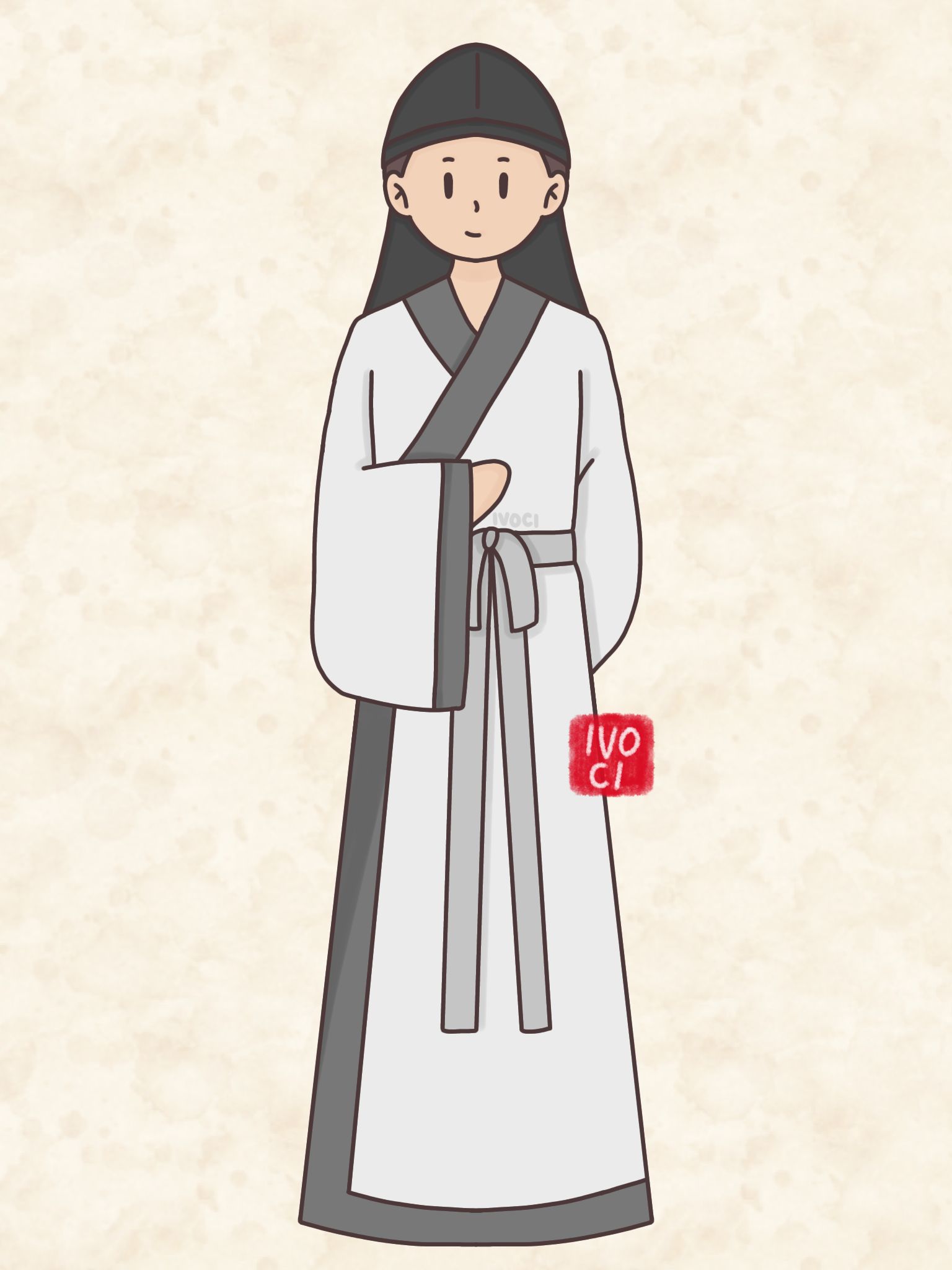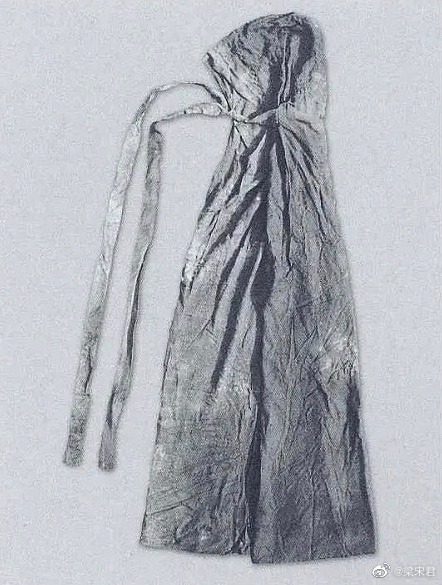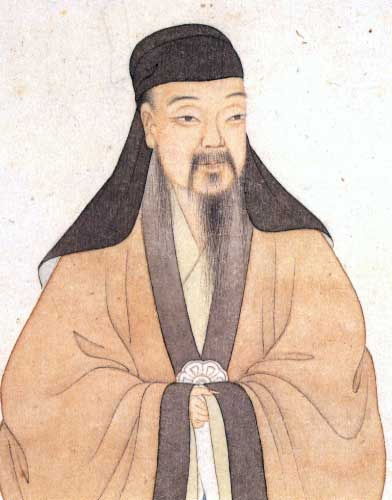Fujin (Chinese: 幅巾 ; pinyin: fú jīn), also known as Jinze (巾帻 ; jīn zé) or Patou (帕头 ; pà tóu), is a type of guanmao 冠帽 (headgear) made of usually black (silk) cloth and used to tie the head.
Fujin is one of the popular headgear used by scholars of the Song and Ming dynasties. Fujin was often used by scholar-bureaucrats for sacrificial offerings, banquets, and social dress.
On the first and fifteenth day of each month in the ancient Lunisolar calendar (农历 ; nóng lì), Confucian scholars would wear Fujin and Shenyi to worship Confucius.
The real Fujin is in the form of a single wide cloth, when used it is folded from front to back, wrapped in a bun, and tied at the back of the head.
Fujin also influenced the development of other headwear such as Futou.
Also, women scholars/writers like to wear Fujin.
Fujin in the Ming Dynasty
Most of the Ming dynasty Fujin was worn by scholars. In general, Fujin is worn with Shenyi.
Fujin in Joseon (Korea)
Korean Fujin was largely formed under the influence of the Ming dynasty’s Fujin. Korean Fujins are worn more by children and students, rarely by scholar-bureaucrats.





Leave a Reply